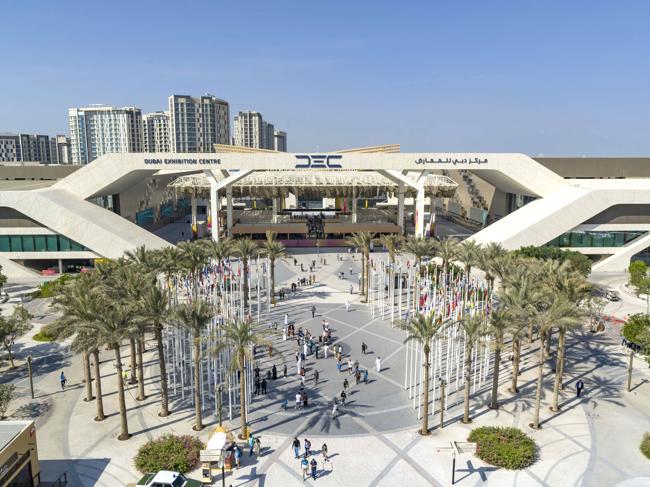Summary
But growth is cooling: While the economy remains healthy, growth has normalized from much hotter levels earlier in the cycle. The economy is less “coiled” these days as major tailwinds like excess job openings have faded. It has become harder to argue that growth is destiny.
Source: AOL

AI News Q&A (Free Content)
Q1: What are the main drivers behind the recent surge in retail inflation, and how have they affected global markets?
A1: The recent surge in retail inflation, particularly between 2021 and 2023, was driven by several factors including supply chain disruptions, pandemic-related economic dislocation, fiscal and monetary stimulus, and the Russian invasion of Ukraine which affected global oil and food prices. These factors led to historically high inflation rates across many countries, with the U.S. and the eurozone experiencing their highest rates in decades. This inflationary pressure challenged central banks to respond with aggressive interest rate hikes to stabilize economies.
Q2: How does the Retail Prices Index (RPI) differ from the Consumer Price Index (CPI), and what role do they play in measuring inflation?
A2: The Retail Prices Index (RPI) and Consumer Price Index (CPI) are both measures of inflation, but they differ in their composition and usage. RPI includes mortgage interest payments and various housing costs, while CPI does not. CPI is often preferred for international comparisons and policy-making due to its broader coverage and alignment with international standards. Despite these differences, both indices track changes in the price level of goods and services over time, providing insights into inflationary trends.
Q3: How can retail failures be predicted, and what factors are significant in this prediction?
A3: Retail failures can be predicted by analyzing both internal and external factors of retail firms. A recent study on U.S. retail failures identified revenue-based financial ratios and annual average inflation rates as significant predictors. This model provided an early warning signal for retail failures by examining economic data and company financial reports, highlighting the importance of understanding economic conditions and company health in predicting retail success or failure.
Q4: What are some challenges faced by brick-and-mortar retail chains in the current economic environment?
A4: Brick-and-mortar retail chains face numerous challenges, including competition from online retail, changing consumer preferences, and economic pressures such as inflation and supply chain issues. These factors have led to the closure of several prominent chains and have driven the need for adaptive strategies to remain competitive in a rapidly evolving market landscape.
Q5: What technological advancements are being adopted by supermarkets and grocery stores to cope with inflation and improve consumer experience?
A5: Supermarkets and grocery stores are increasingly adopting technologies such as AI-driven inventory management, cashier-less checkouts, and personalized shopping experiences to enhance efficiency and customer satisfaction. These innovations help retailers optimize supply chains, reduce costs, and provide competitive pricing, which is crucial in coping with inflationary pressures.
Q6: How do consumer price indices like the CPI help in understanding and managing inflation?
A6: Consumer price indices like the CPI provide a statistical estimate of the average price level changes over time for a basket of consumer goods and services. By tracking these changes, policymakers and economists can gauge the inflation rate, assess the purchasing power of the currency, and make informed decisions on interest rates and economic policies to manage inflation effectively.
Q7: What role do consumer decision-making and supply-demand dynamics play in shaping retail inflation?
A7: Consumer decision-making and supply-demand dynamics are critical in shaping retail inflation. As consumers react to price changes, their spending habits can influence demand for goods and services. Supply constraints, on the other hand, can lead to higher prices if demand exceeds available supply. Understanding these dynamics helps retailers and policymakers anticipate market trends and adjust strategies accordingly to stabilize prices and ensure market equilibrium.
References:
- Retail Price Index - https://en.wikipedia.org/wiki/Retail_price_index
- 2021-2023 inflation surge - https://en.wikipedia.org/wiki/2021-2023_inflation_surge
- Consumer price index - https://en.wikipedia.org/wiki/Consumer_price_index
- Prediction of retail chain failure: examples of recent U.S.





